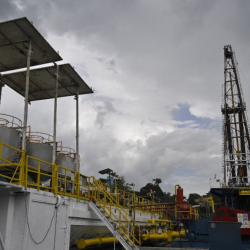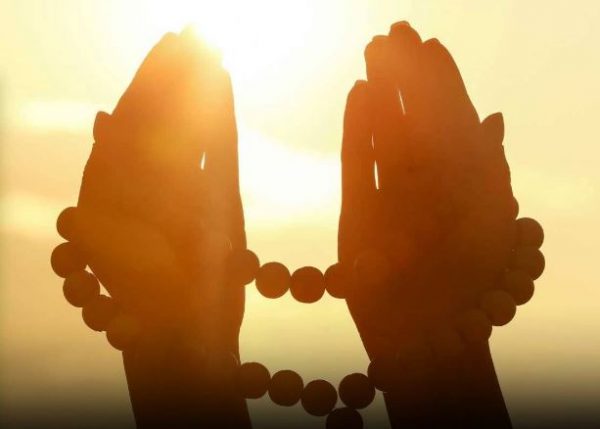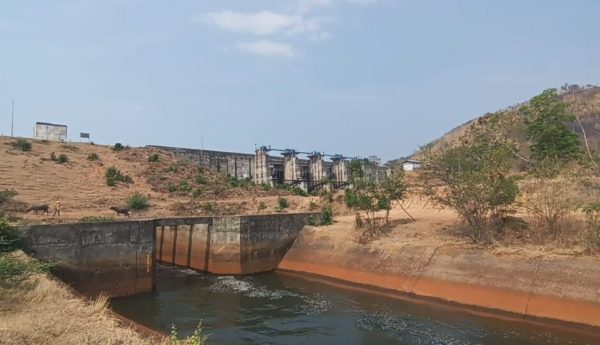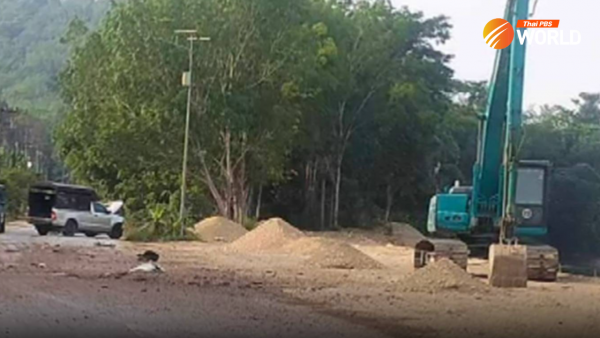Fine Arts Department recreates the Phra Phuttha Sihing Buddha
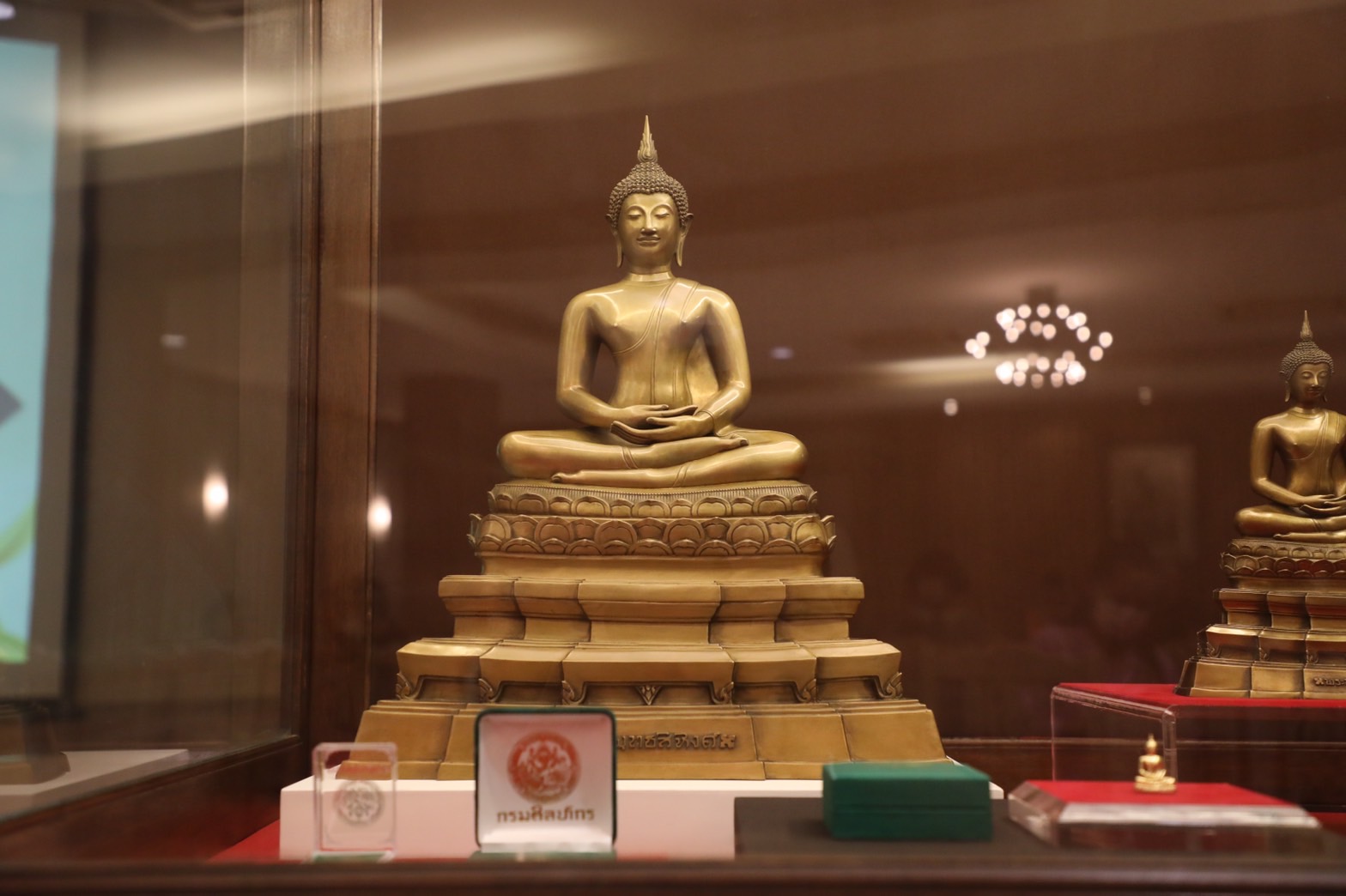
The enigmatic history of the Phra Phuttha Sihing Buddha may forever remain shrouded in mystery, but Thailand’s Fine Arts Department is embarking on a remarkable endeavour to recreate one of the kingdom’s most exquisite Buddhas. This initiative commemorates the 112nd anniversary of the Fine Arts Department.
For the very first time, the Department is crafting replicas of the Phra Phuttha Sihing, a symbol of unparalleled beauty and sacredness in the realm of Buddhist art. These replicas will be made available to art enthusiasts and collectors alike, and the proceeds from their distribution will be donated to Thailand’s National Antiquities Conservation Fund.

The Phra Phuttha Sihing Buddha holds a place of reverence in Bangkok, and is renowned for its timeless beauty and holiness. While the exact origin of this image remains a subject of debate, its aesthetic magnificence is undeniable.
Ranked as the third most significant Buddha image in Thailand, following the Emerald Buddha and the Phra Buddha Chinnarat, the Phra Phuttha Sihing is believed to closely resemble the physical characteristics of Lord Buddha himself. According to legend, the Naga, a mythical serpent, sculpted the image to capture his likeness. This remarkable Buddha image exemplifies the Sukhothai school of art, cast in bronze with a golden sheen, and symbolizes Songkran, the Thai New Year.
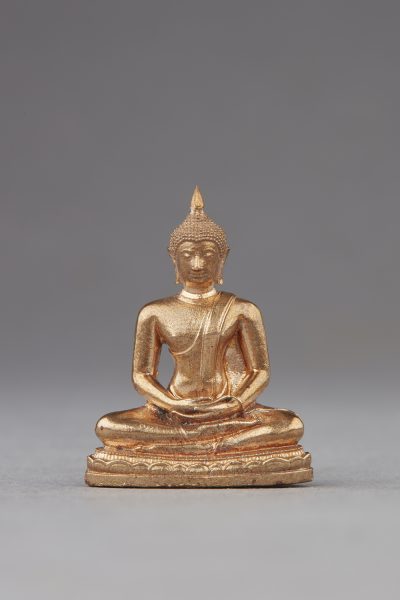
Much like the Emerald Buddha at the Grand Palace, the historic journey of the Phra Phuttha Sihing is nothing short of extraordinary. It is said to have been crafted in Sri Lanka around 157 A.D. and journeyed to Siam in 1307, making stops in various cities before finally finding its current home in Bangkok in 1795 under the reign of King Rama I.
The Department’s reproductions of the Phra Phuttha Sihing Buddhas are a testament to the skilled artisans from the Office of Traditional Arts in Thailand. These sculptures are meticulously crafted in various types and sizes, from 9-inch-width Buddha sculptures to gold Phra Kring Buddha images with beads inside, as well as bronze pendants.
What adds a unique touch to these replicas is the presence of a small, original piece of an earlier wooden gable apex beneath the base of each Buddha. These artefacts are collected from the highest part of the Phutthaisawan Throne Hall, where the original Phra Phuttha Sihing Image is enshrined, infusing each replica with a blend of ancient history and artistic craftsmanship.
A blessing ceremony is an integral part of the creation of each Buddha sculpture. On November 26, the Department of Fine Arts, alongside nine revered Buddhist monks, will conduct the Grand Consecration Ceremony in the Phutthaisawan Throne Hall. During this sacred event, all the replicas will be placed within the hall for an hour, allowing them to absorb the sanctity emanating from the Phra Phuttha Sihing Image and bestowing upon them the highest form of blessings.
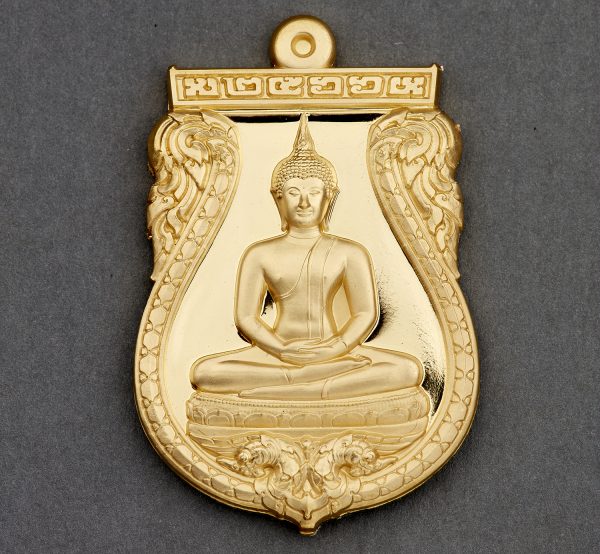
For collectors and art enthusiasts, the replicas of Phra Phuttha Sihing Buddhas are available at prices ranging from THB 199 for bronze pendants to THB 65,999 for the Gold Kring Buddha image. Pre-orders and reservations can be made at the Fine Arts Department in Thewet, Bangkok, from Monday to Friday, between 9 am and 4 pm. You can contact them at 02-126-6559.
The funds generated from the distribution of these Phra Phuttha Sihing Buddha replicas will be channelled to Thailand’s National Antiquities Conservation Fund. This initiative continues a long-standing tradition of the Fine Arts Department’s commitment to preserving antiquities through contributions from the realm of Buddhist art.
A notable precedent for this commitment was set following the infamous looting of Wat Ratchaburana in Ayutthaya in 1956. In response, the Fine Arts Department initiated a fundraising campaign, inviting donations from the public. Generous donors were rewarded with amulets discovered in the hidden depths of Wat Ratchaburana.
This initiative culminated in the establishment of the Chao Sam Phraya National Museum in 1959, a groundbreaking milestone as it was the first national museum located outside of Bangkok. The museum’s primary purpose was to house and exhibit the precious gold treasures unearthed from Ayutthaya, further underscoring the Fine Arts Department’s dedication to conserving and celebrating Thailand’s rich heritage.
By Thai PBS World Feature Desk


